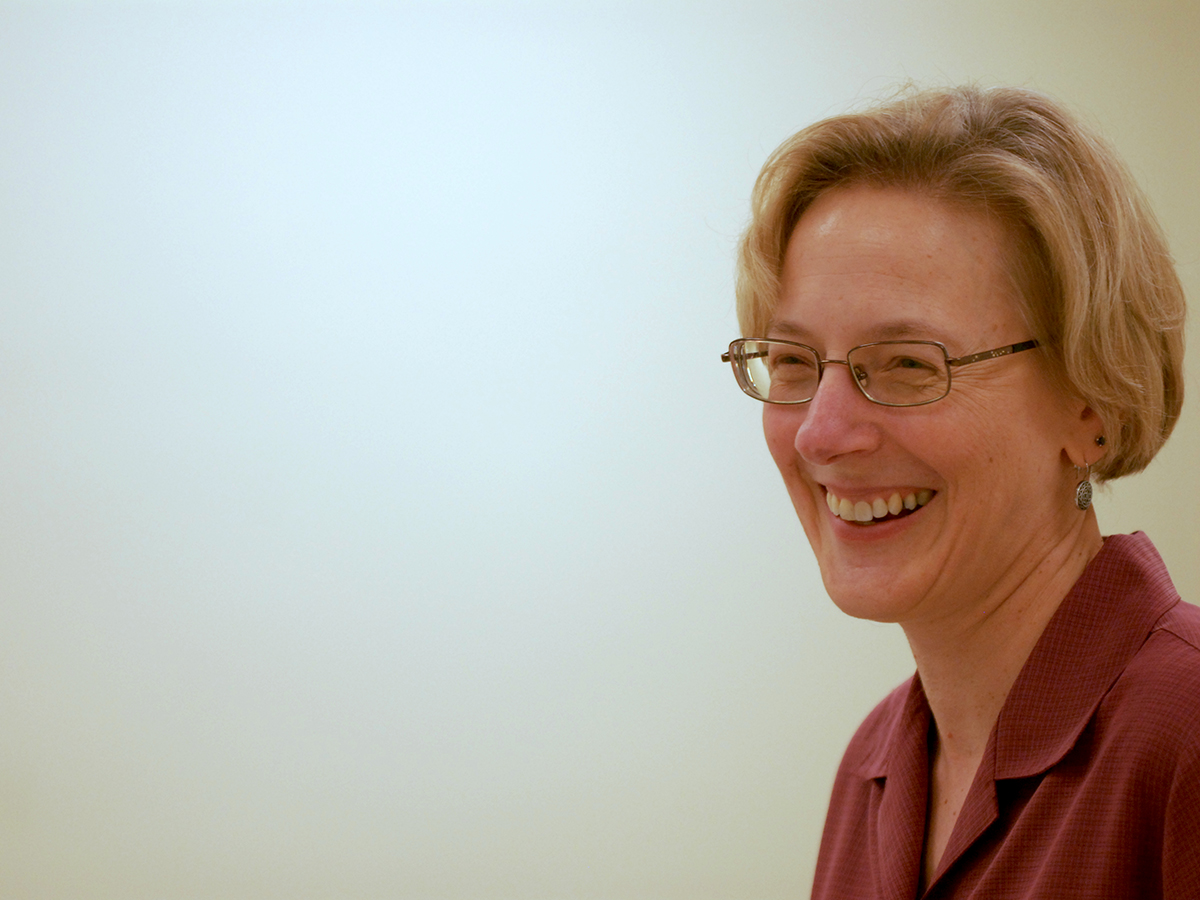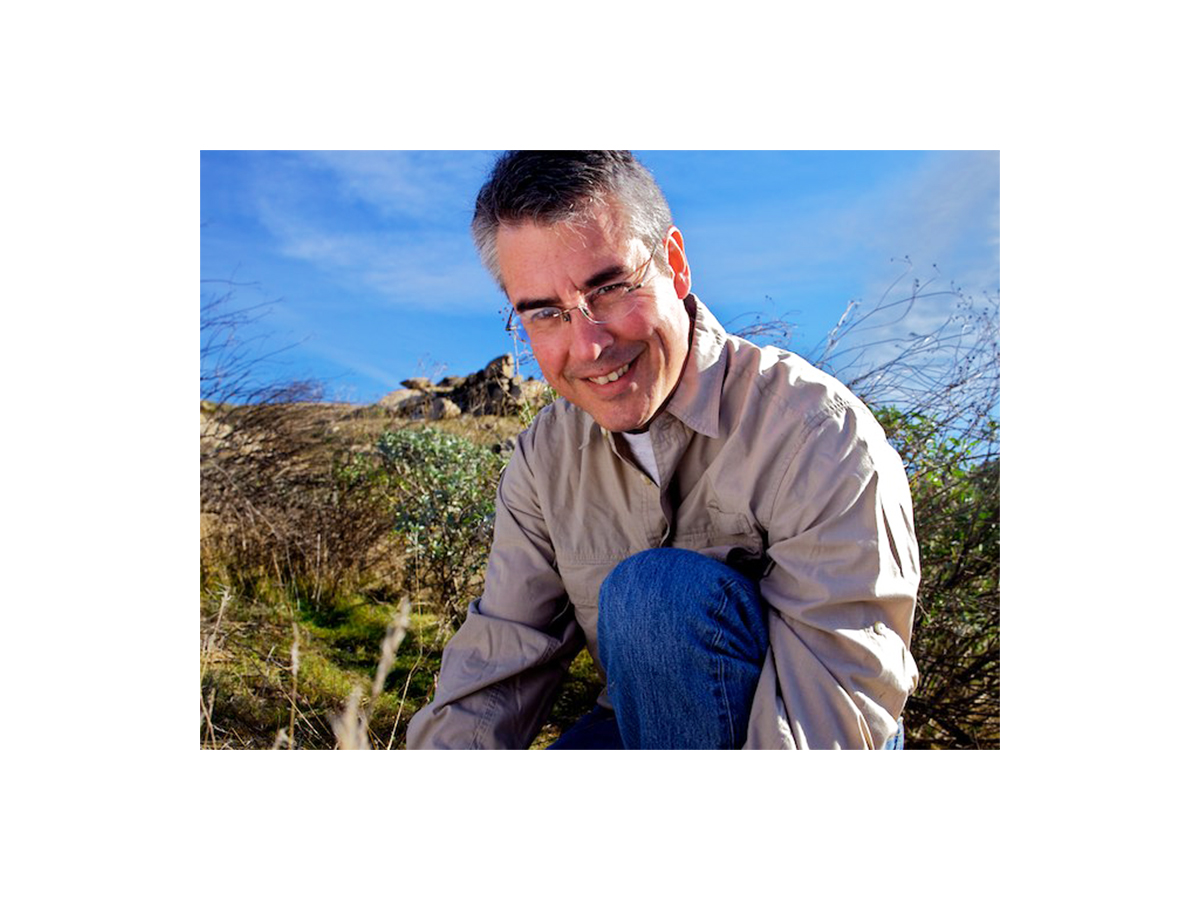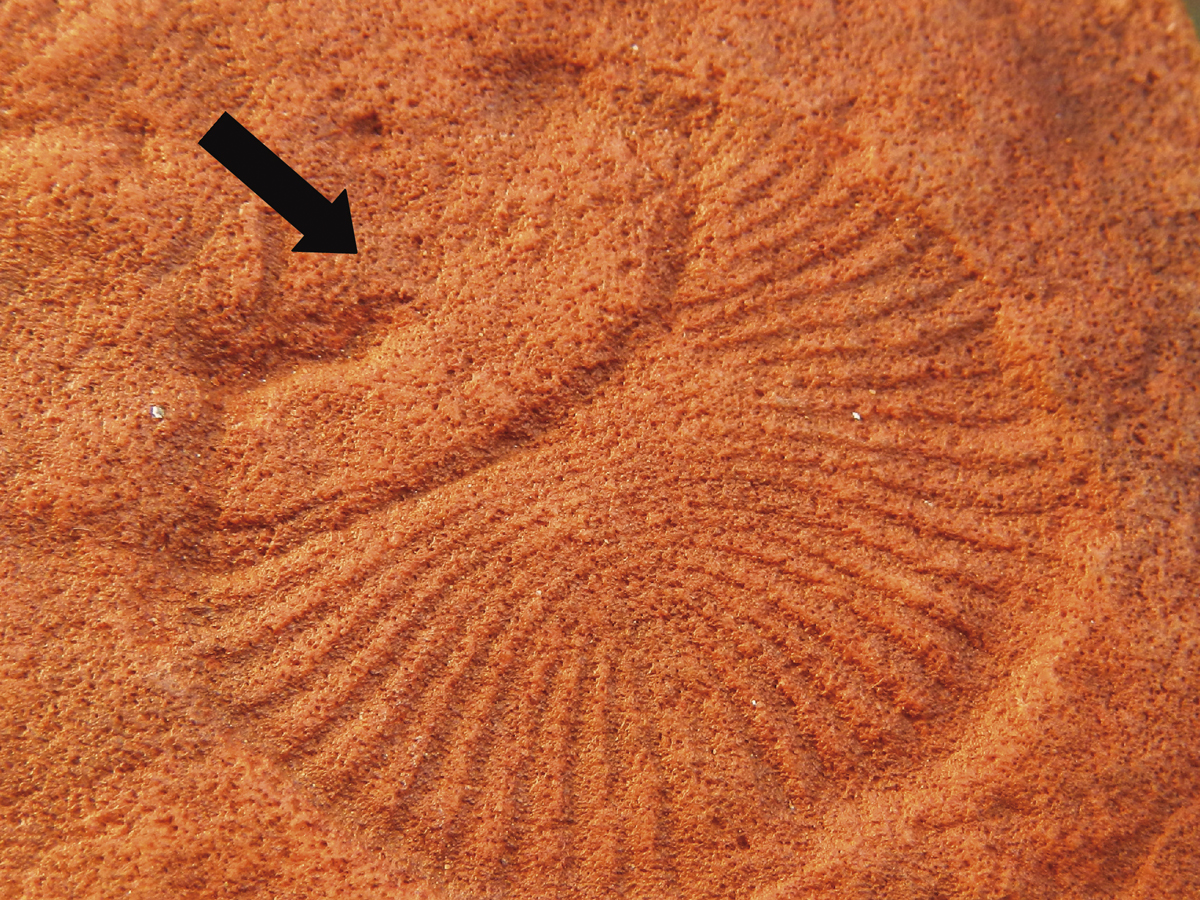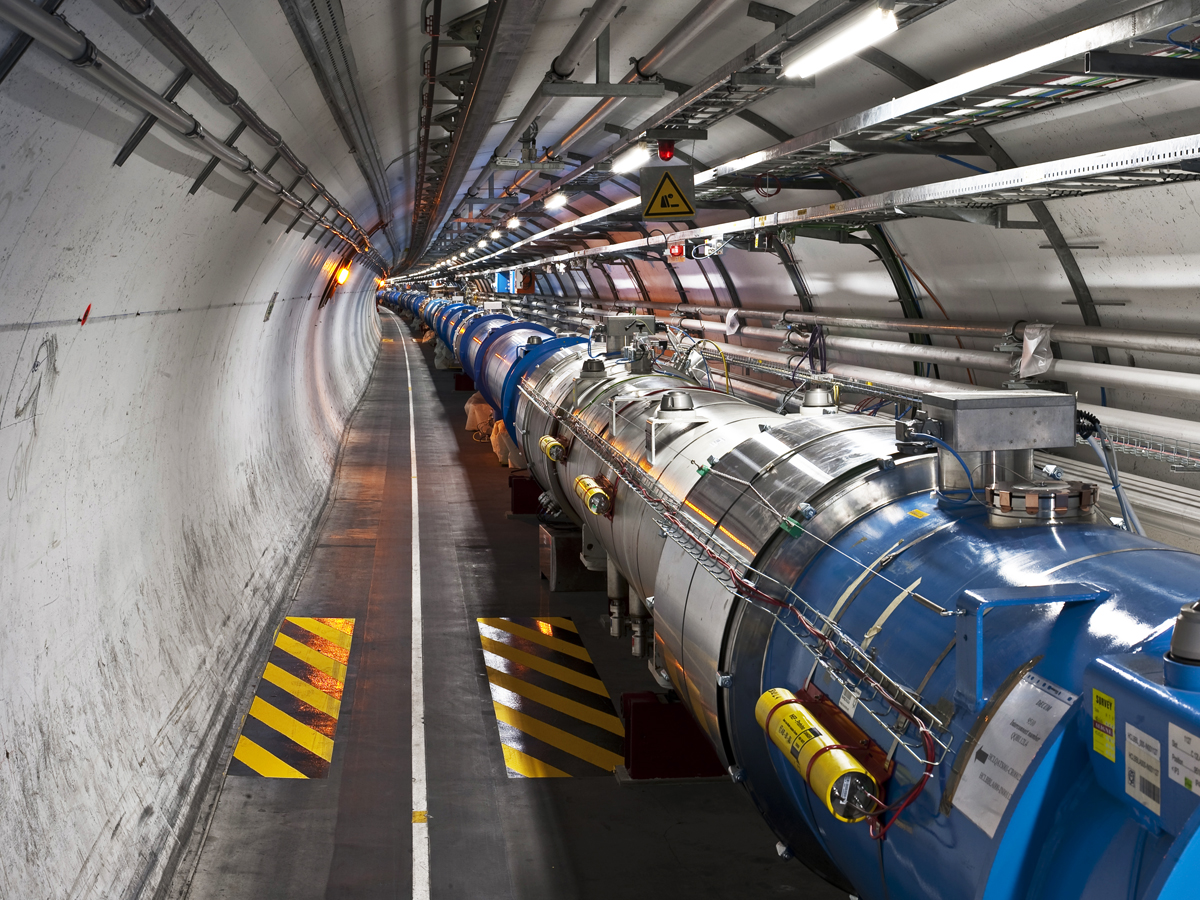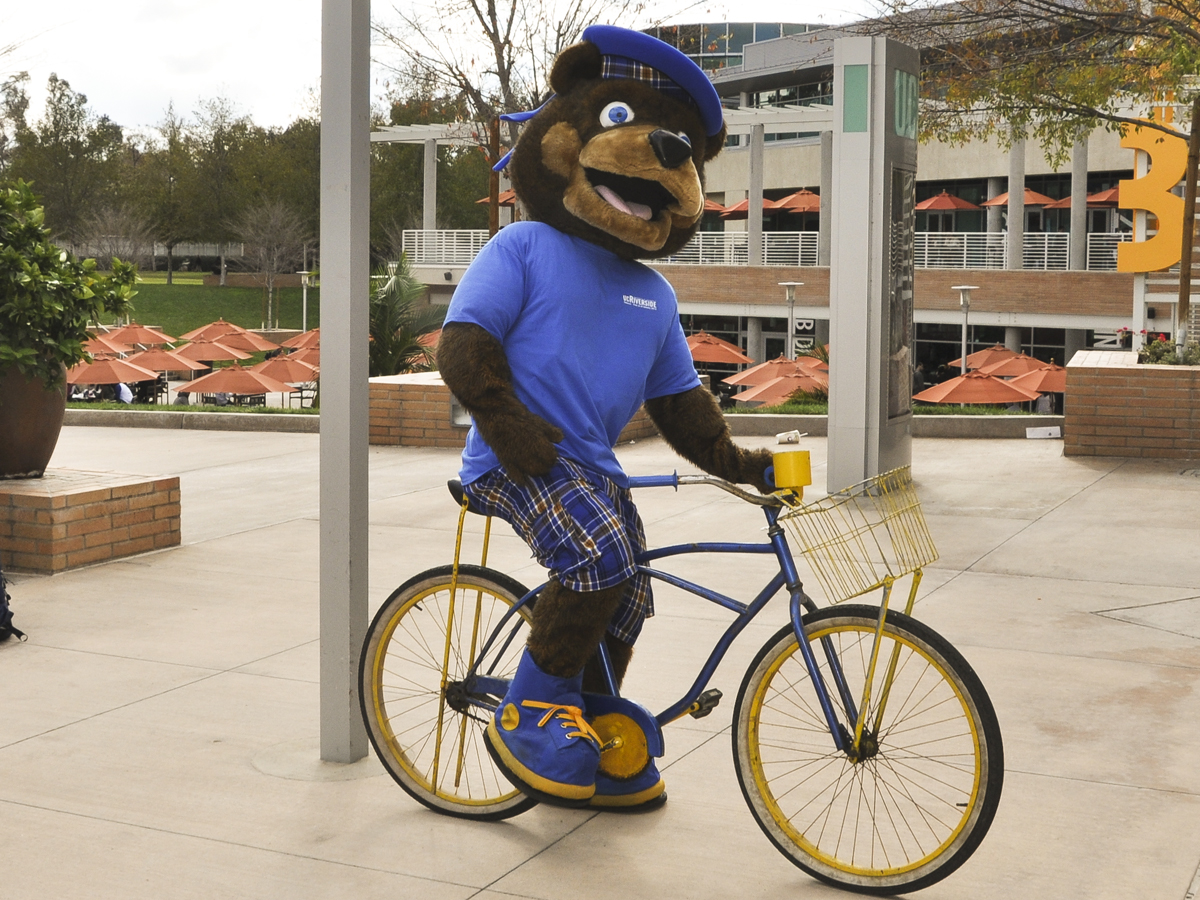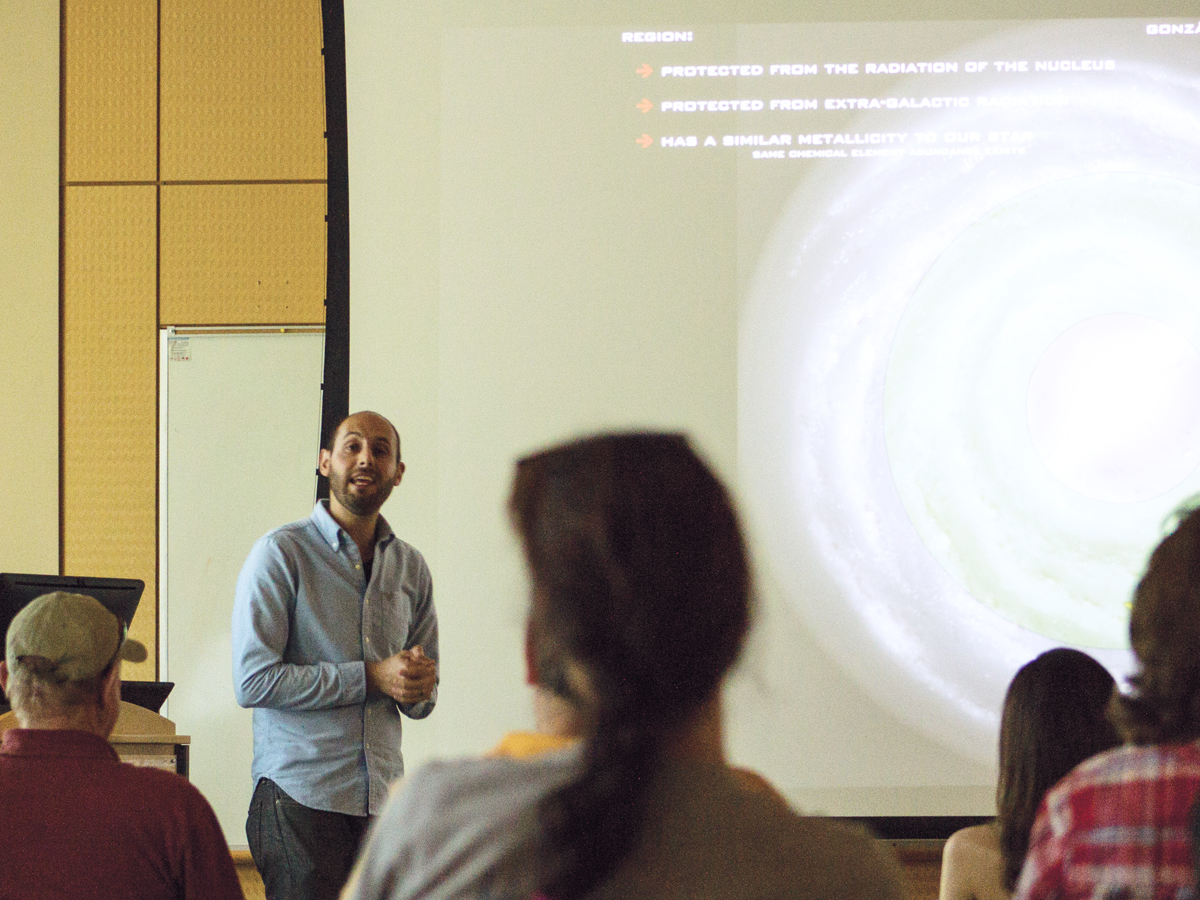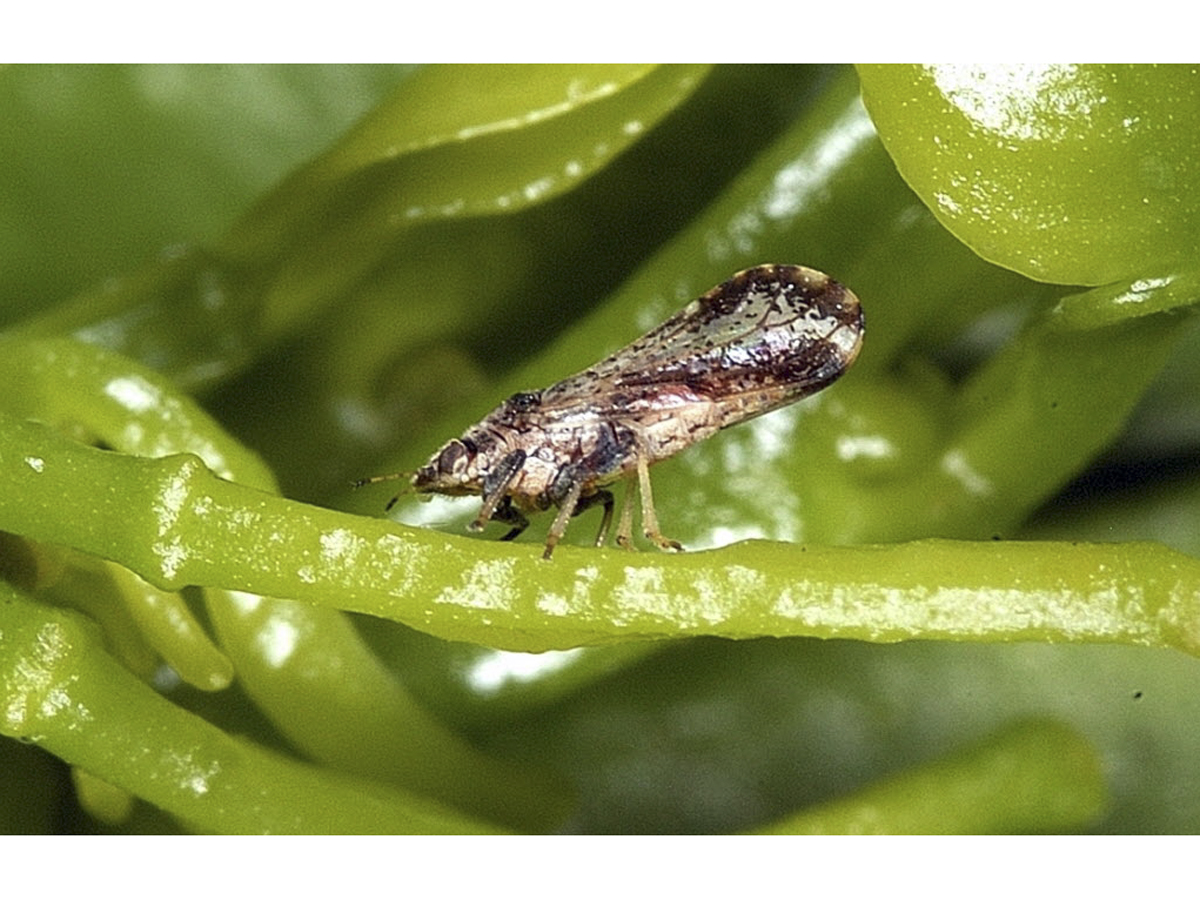UCR Professors use 3-D printing to protect avocado trees
UCR professor of entomology Richard Stouthamer and faculty members Akif Eskalen, and R. Duncan Selby have created a plastic trap using a 3-D printer to combat the Polyphagous Shot Hole Borer (PSHB), an invasive...
UCR botanist granted $180,000 to study drought related effects on vegetation
Louis Santiago, a UCR associate professor of physiological ecology will begin a two-year project to study the effects of extreme drought conditions on shrubs and trees after receiving a grant totaling $187,165 from the...
“The Brown Recluse Spider” book bites misconceptions
Former UCR researcher Richard Vetter has published a book entitled “The Brown Recluse Spider” to correct misinformation associated with the arachnid. The book was released to the general public in March by Cornell Press.
Vetter,...
UCR paleontologists unearth missing part of ancient fossils
What did the first multicellular animals of early Earth resemble? A recent discovery that specimens of the fossil Dickinsonia were fragmented due to being lifted off the seafloor by ancient currents propelled a team...
UCR physicists assist in upgrading CERN hadron collider
The Large Hadron Collider (LHC) — the world’s most powerful particle accelerator — in Geneva, Switzerland has restarted operations for the first time in two years at the European Organization for Nuclear Research (CERN)...
Five UC Riverside students awarded $1,500 sustainability fellowships
Five UCR students were each selected to receive $1,500 grants under UC President Janet Napolitano’s new UC-wide Sustainability Fellowship and Internship Program. In less than three weeks, UCR received 38 student proposals vying for...
UCR researcher discusses extraterrestrials and efforts to ‘phone’ them
UCR postdoctoral physics and astronomy scholar Leo Winkler gave a presentation discussing potential extraterrestrial life, civilizations and the possibility of communicating with them last Thursday. The two-hour lecture was given in Room 206 of...
UCR researchers help design the next generation of batteries
UCR researchers have made strides in preparing a battery with 10 times more power than conventional batteries for commercialization. The research team has found a way to combat the lithium-sulfur (Li-S) battery’s short lifespan,...
UCR professor recognized as 2015 Geochemical Fellow
Distinguished biogeochemistry professor Timothy Lyons has been honored as a 2015 Geochemical Fellow by the Geochemical Society (GS) and the European Association of Geochemistry (EAG). He is one of 10 professors this year to...
Researchers work to prevent spread of deadly citrus disease
UCR researchers have received $1.7 million to research the cause of Huanglongbing (HLB), also known as citrus greening, an incurable citrus disease that has devastated millions of plants across the world. The research is...






